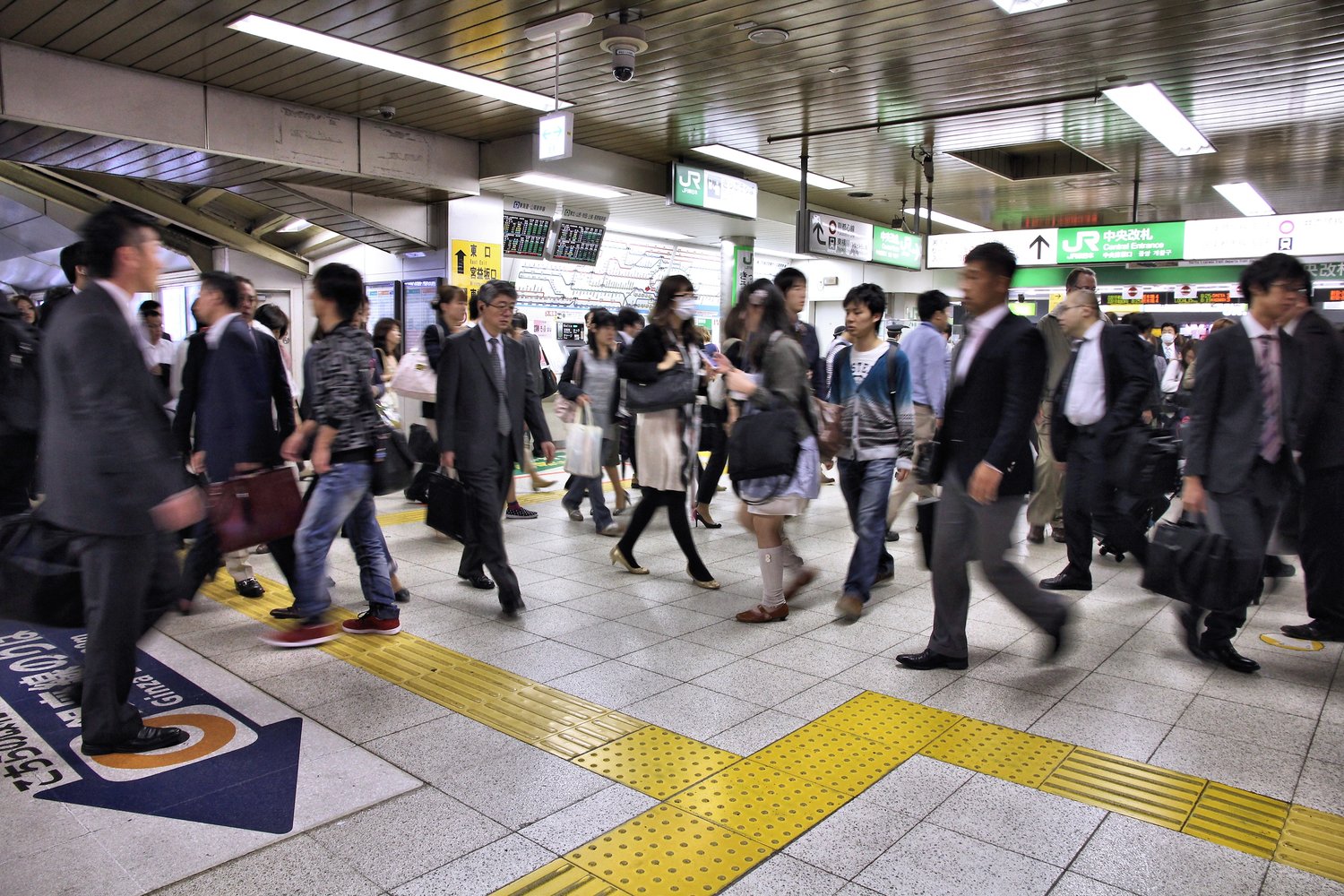El territorio no está en venta
2011 - Sculpture (Sculpture)
María Buenaventura
The Territory is not for sale is a process of reflection and research with people, thinkers and community leaders from Usme, a rural part of Bogotá on the tenuous verge of becoming urban. As an art object and installation, it comprises multiple stacks of paper each containing the decrees of land expropriation from many different peasant farmers who are being forced to sell their lots of land back to the government. Usme lies at the southern urban-rural border strategically located next to the Páramo de Sumapaz, an enormous neo-tropical tundra ecosystem and water reserve. It had remained relatively isolated from the city-proper until 1954 when it became incorporated into Bogotá, triggering a process of residential densification through legal and illegal urbanization. Usme remains the very last green area for urban expansion. The farmers do not want to sell because they want to keep their way of living, and even if some would want to become “urban citizens” they will not able to afford to do so given the absurd price offered for their land. While the problematic transformation of land from rural to urban, and the multiple forms of displacement lays in those stacked papers, there is also moments marked where inflicted communities rise above those struggles. To represent the mobilization of these communities, the artist has excised a section of each decree to plant the local crop or mineral from the area; as each plants grows from the stacks of paper, the decrees in turn begin to materially deteriorate. In appreciating this work, it is helpful to understand the rapid growth and densification of Bogotá over the 20th century that has produced unequal urban development stamped by social divisions — the coexistence of informal and formal modes of survival, illegal and legal access to housing, and the blending of rural and urban lifestyles. Poor migrant workers fleeing Colombia’s 60-year armed conflict have settled in increasingly dense peripheries of the country’s capital, such as Ciudad Bolívar and Usme, thus informally extending the breadth of the city towards its southern borders at a rapid pace of growth. Most of them have purchased illegal plots of land from swindlers, built their houses by themselves and fought for infrastructure, equipment and services through political organizing.
María Buenaventura is an artist, author and chef. Her artistic practice focuses primarily on the history and socio-political implications of food and culinary traditions, as well as concepts of historicity and memory. From the early 2000s she has been researching the history of food in the Sabana of Bogota, where she lives and works, as a way to unearth the narratives and experiences of local communities. Concerned with principles of preservation, she arranges in her works collected fragments, stories, recipes, testimonies, residues of landscapes and few ingredients in order to explore the dynamics that tie a territory, a community, its culture, its education and its traditions together. Through her different projects, Buenaventura reflects on questions of belonging and survival, of both human and non-human beings, in relation to a history of violence, looting and destruction. As she states: “The search for forgotten beings and the certainty that they are alive” drives her artistic practice.
Colors:
Related works sharing similar palette
» see more

© » KADIST
Jedediah Caesar
2009For Untitled, Caesar encased recycled objects such as scraps of plywood, paper or cloth in resin and then cut and reassembled the pieces into abstract forms...
Related works found in the same semantic group
» see more

© » KADIST
Chanell Stone
2019Natura Negra , which translates to “Black Nature”, is a black-and-white photographic series by Chanell Stone that explores the connection between the Black body and nature within man-made environments...

© » KADIST
Runo Lagomarsino
2020On Fire by Runo Lagomarsino comprises twenty pieces of parchment, each of which has had the contours and map of Brazil burned in stages...

© » KADIST
Asli Çavusoglu
2020In the exhibition Pink as a Cabbage / Green as an Onion / Blue as an Orange , Asli Çavusoglu pursues her work on color to delve into an investigation into alternative agricultural systems and natural dyes made with fruits, vegetables, and plants cultivated by the farming initiatives she has been in touch with...




